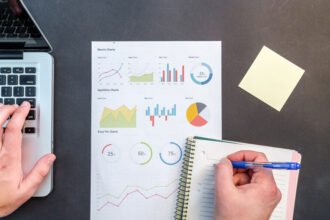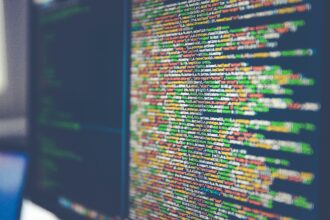A nighttime murder took place in 1991 in Linwood, California. Half a dozen teenaged eyewitnesses picked a man out of a lineup and he was eventually convicted. No gun was ever found, no vehicle was identified, and no person was ever charged with driving the vehicle.
A nighttime murder took place in 1991 in Linwood, California. Half a dozen teenaged eyewitnesses picked a man out of a lineup and he was eventually convicted. No gun was ever found, no vehicle was identified, and no person was ever charged with driving the vehicle.
For two decades, the convicted man – Francisco Carrillo – maintained his innocence. Eventually, forensic psychologist Scott Fraser got involved. He reconstructed the crime scene with a focus on the lighting. He convinced the judge that the eyewitnesses could not possibly have seen the shooter in the dark well enough to identify him; the witnesses’ color perception would have been limited and depth of field would have been no more than 18 inches.
As a result, Carrillo’s murder conviction was overturned and he was released from prison after nearly 20 years.
Scott Fraser told this story in a TEDx talk posted in September 2012, “Why Eyewitnesses Get It Wrong.” Fraser described how even close-up eyewitnesses can create “memories” they could not possibly have experienced. He explained an important characteristic of human memory: the brain only records bits and pieces of an event or experience.
The different bits are stored in different parts of the brain. When we recall those bits and pieces, we have partial recall at best. From inference and speculation and observations that took place after the event, the brain fills in information that was not originally stored there. Our memories – all our memories – are reconstructed.
Reconstructed memories are a combination of an event and everything that has occurred after the event. They are reconstructed every time we think of them. As a result they can change over time. Therefore, the accuracy of a memory can’t be measured by how vivid it is nor how certain we are that it is correct.
In this TEDx talk, Fraser made a couple of recommendations for the criminal justice system. As I was listening to him I thought that these apply to business decisions just as much as to the law. Fraser identified two things are really important for decision making:
- Hard data. Fraser urged us all to be cautious about the accuracy of the memories we know deep in our hearts to be true. Memories are dynamic, malleable, and volatile. When it comes to workplace decisions, these decisions are very often made based on eyewitness accounts, in essence – on the experience and persuasiveness of people. If all our memories – all our experiences – are reconstructed, our business decisions are just screaming for a more objective rationale. And that rationale is the evidence that comes from hard data.
- Analytical skills. Fraser advocates for bringing more science into the courtroom by emphasizing science, technology, engineering, and mathematics in law schools. After all, it is law school graduates who become judges. The same is true for business decision making. The volume of data available for use in decision making is ballooning and analytical skills are required to make sense of it. By this I don’t mean we all have to become data scientists. But we need to be able to apply logical thinking to the gathering and assessment of information. We need to be able to ask the right questions.
Which initiatives should we invest in? Where should we open a new retail store? What is the best way to retain our most profitable customers? How can we reduce inventory costs? By using analytical skills and basing decisions upon a combination of hard data and experience we are best positioned to avoid big mistakes – some of which could be as significant as sending the wrong guy to jail.







